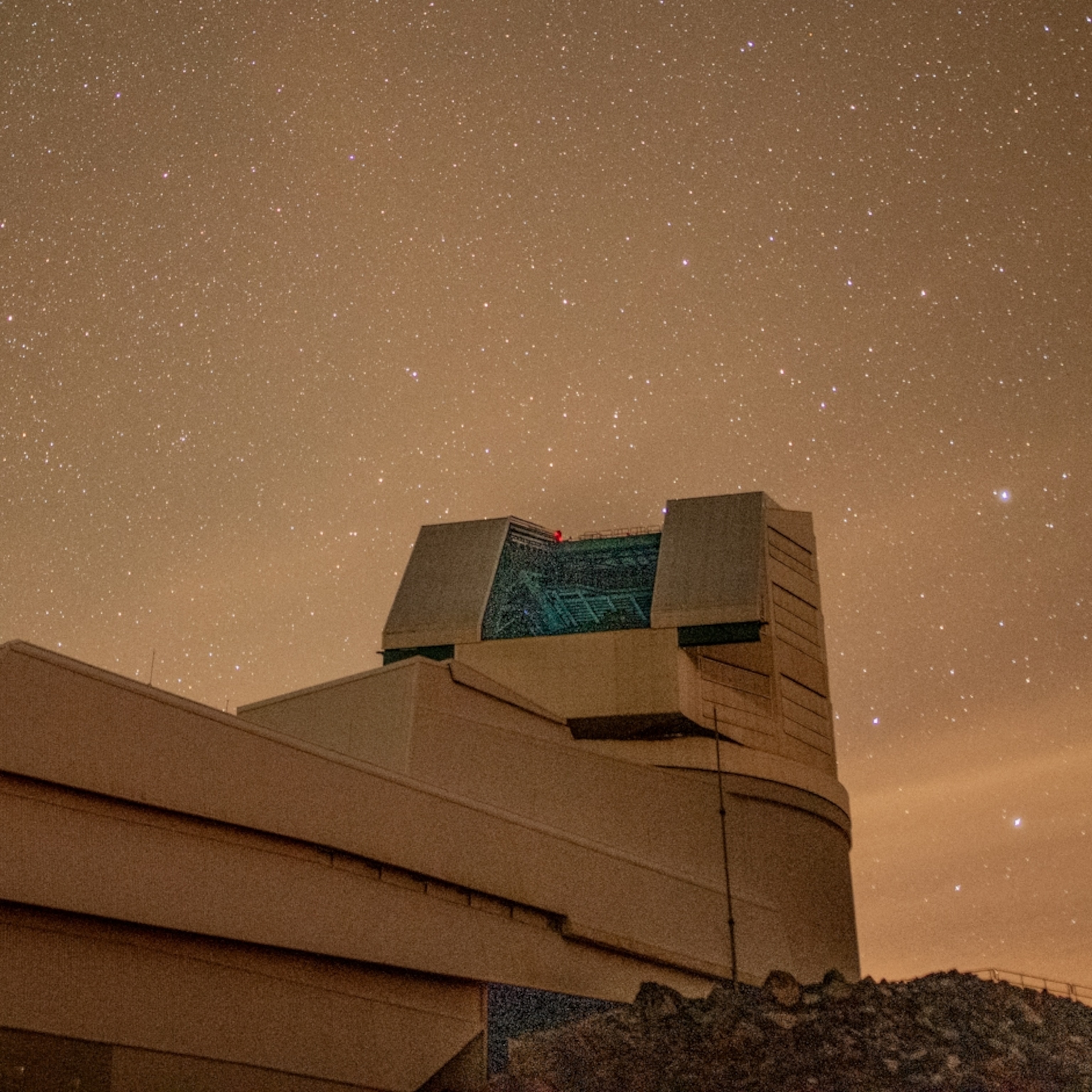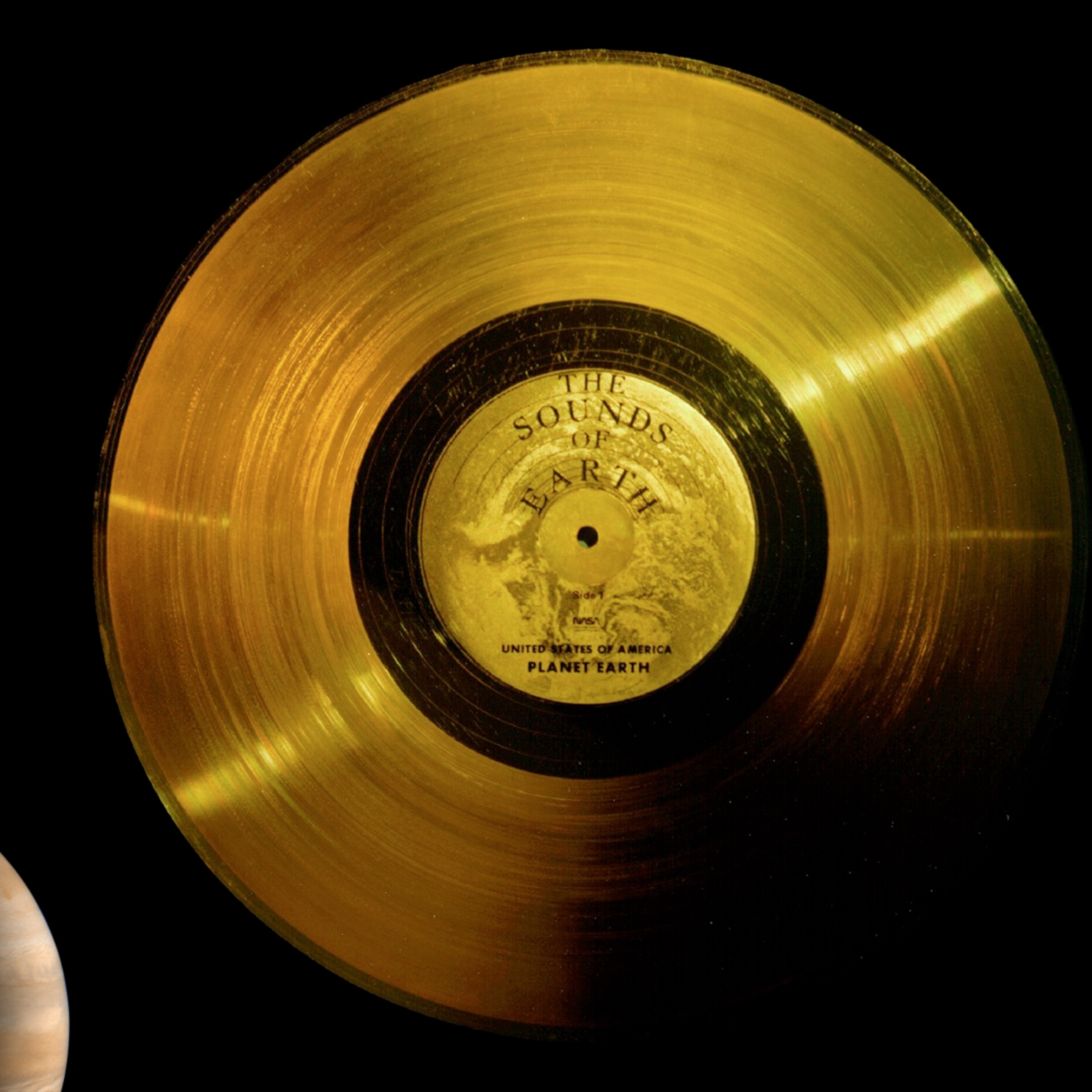
Watch How Aliens Could Contact Us With Giant Laser Doodles
An extraterrestrial civilization could alter a planet’s orbital signal to capture the attention of off-world astronomers.
What’s the best way to make sure that somebody notices you in an enormous crowd?
Simple: Do something weird at the exact moment they look directly at you.
That’s the concept underlying a new idea for finding extraterrestrial civilizations, proposed by David Kipping, an astronomer at Columbia University who specializes in searching for planets and moons beyond our solar system.
Kipping suggests that aliens could use lasers to “draw” geometric shapes that would be detected when someone on Earth points a telescope at their planet.
Here’s how it would work: Astronomers can detect the existence of alien worlds through a method called transit photometry. A star dims slightly when a planet passes in front of it, blocking part of the light that’s seen from Earth. So far, astronomers working have found more than 2,300 planets using this transit method—mostly, with data collected by NASA’s Kepler telescope.
A typical transit signal looks like a flat-bottomed trough—the signal dips in a gentle slope as the light dims, bottoms out during the transit, and curves back up as the planet glides out of view.
That means clever extraterrestrial scientists could create a beacon to announce their presence by altering the shape of their transit signal. One scenario, proposed a decade ago by astronomer Luc Arnold, imagined that aliens would build weird, planet-size objects—such as a rotating triangle or a screen with holes—to produce transit signatures unlike anything observed in nature.
But Kipping believes an extraterrestrial civilization could create such a beacon on the cheap. Instead of investing time and resources to build gigantic cosmic structures, he says the aliens could simply point a laser in the direction of Earth during the specific time period when our telescopes would be capable of detecting their transit signal.
If the extraterrestrial civilization wanted to hide from nosy astronomers, the bright laser light could mask the dimming of the star during a transit, effectively rendering the planet invisible to telescopes. But if they wanted to get noticed, the aliens could intermittently adjust the laser’s brightness, which would redraw their signal.
“You can make your transit look strange, have bumps and wiggles, maybe even the New York City skyline—whatever you want,” says Kipping.
Attention Getter
That said, Kipping believes the simplest, most effective use for this interstellar Etch-a-Sketch would be to transform the signal from a sloped trough into a three-sided square.
“Our favorite solution would be to cloak just the start and end of the transit,” he says. “You get rid of those slopes, causing the transit to have a very boxlike shape. There's nothing in nature that can do that.”
And, he adds, the plan requires hardly any energy. His calculations suggest that an Earth-size planet could accomplish the task with a laser array—either placed on the surface or in nearby space—requiring, at most, 30 megawatts of power for 10 hours.
One downside to this approach is that a planet’s transit, as seen from another solar system, occurs for only a few hours once in its year, or the amount of time it takes the alien planet to complete an orbit around its star. Assuming intelligent life would pop up on worlds that are most like our own, where a year lasts 365 days, spotting such a signal might involve long waits and a certain amount of luck.
That’s one reason Jeffrey Coughlin, an astronomer at NASA Ames working for the Kepler mission, is skeptical that aliens would create such a beacon.
“If they were just trying to get anyone's attention who might be out there, this technique is a little tough, because you would have to individually target every nearby star around you, and that gets expensive very quick,” he says. “It’s much easier to just put out a big radio wave, and you'll hit everybody eventually.”
Already Found?
Kipping, however, believes an alien civilization could increase the likelihood of its beacon being spotted by calculating the various times when its transit would be in the line of sight of a select group of potentially habitable planets.
“There's probably going to be on the order of a few dozen,” says Kipping.
Another tactic would be for an extraterrestrial civilization to choose to alter the transit signal of a neighboring planet with a shorter year. In our solar system, for example, Mercury would be a better candidate than Earth to flash a message, since it completes an orbit around the sun every 88 days. As such, its transit as seen from a neighboring solar system would occur much more frequently.
For that reason, Kipping believes that the search for extraterrestrial intelligence should extend beyond planets orbiting in the habitable zones of their solar systems, the regions far enough from the host star for liquid water to be stable on the planet’s surface.
He even thinks we should examine archived data from the thousands of transiting planets seen so far, just in case we overlooked any alien beacons.
“You're really just talking about hiring one graduate student to do this entire project,” he says of the archival review. “Yes, it's high risk and unlikely to lead to a confirmed detection. But if it does, it's one of the most important discoveries ever made.”
Follow Mark Strauss on Twitter.








